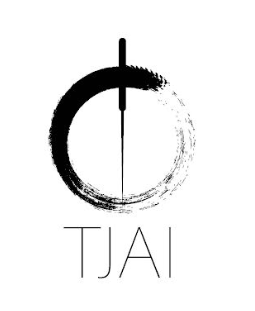Qi, Blood, and Fluids : An Introductory Integration of Manual Medicine for Acupuncturists
February 20-22 2026
Friday, Saturday and Sunday (21 PDAs)
Location :
Dragon Rises College
6815 14th St W. Bradenton, FL 34207
d
e
Jeffrey Dann PhD, LAc and Mark Petruzzi LAc, LMT
Join us for this original class integrating Visceral, Neural, and Lymphatic manual techniques with Traditional Japanese Acupuncture methods to re-interpret the classic ideas of Qi, Blood and Fluids with a more refined sensibility.
Jeffrey Dann and Mark Petruzzi will delve into the influences of bodywork and anatomical exploration established during the Edo Period and elaborate on these ideas with modern understandings. In this class, you will enhance your technical and anatomical specificity by fusing Traditional Japanese Acupuncture techniques with osteopathic manipulations. Learn what’s under acupoints and how to have more precision in promoting FREE FLOW 通highlighting the channels as myofascial, myovascular, and myo-neurological pathways. Gain tools to boost your clinical effectiveness with hands on instruction and guidance, deepening your ability to work with Qi (fascia/nerves), Blood (viscera/arteries) and Fluids (Lymphatics)
Cost: $675 (*minimum of 20 participants for class to run)
Jeffrey and Mark look forward to giving acupuncturists an introductory experience of how to integrate osteopathic manual techniques to one’s acupuncture practice. They hope if you are sufficiently stimulated, you will take more in-depth classes from the Barral Institute and the Chikly Health Institute.













